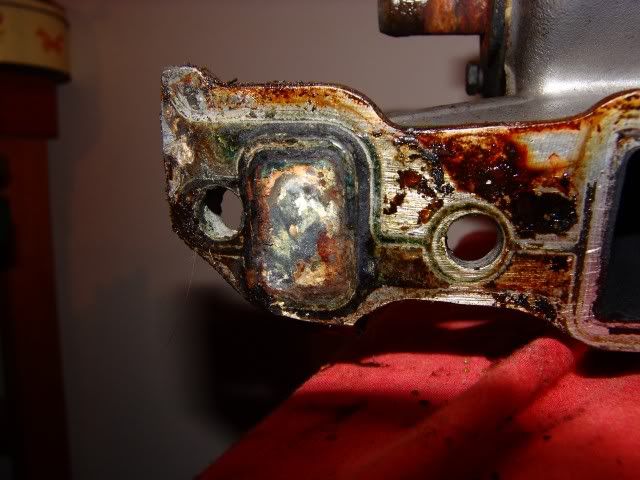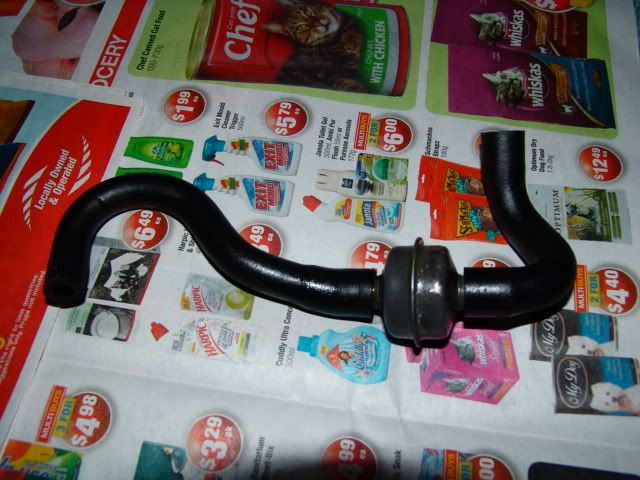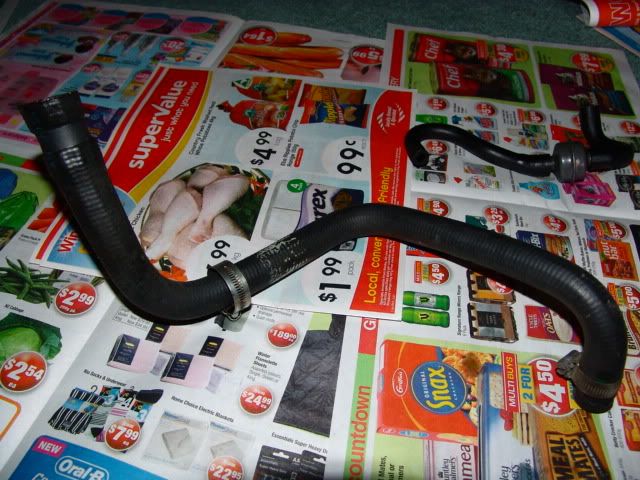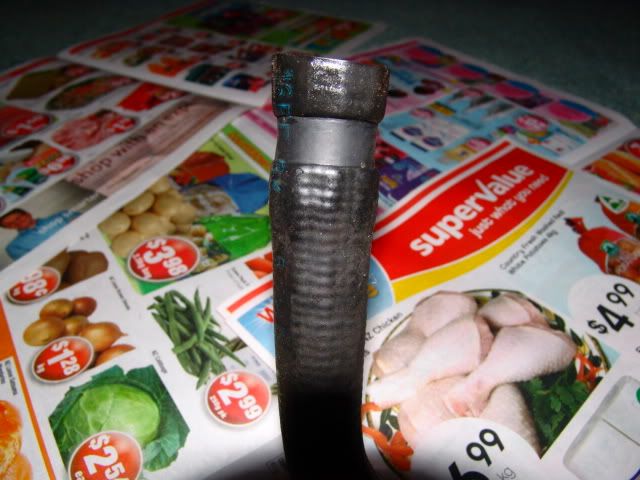WarrenL
Active Member
Gents, with my carburettors currently away for their overhaul, today I removed the inlet manifold. At first glance I thought the rearmost cooling channels were blocked with gunk, but upon tapping and gently scraping it appears they are plugged with metal. On purpose, like.

This is new to me and I can't see why it would be. Can anybody explain the reasoning? Or has something really odd been done to my engine?
And I would also like to know the best product with which to have the inlet manifold recoated so it's back to its beautiful best when it goes back on the engine.

This is new to me and I can't see why it would be. Can anybody explain the reasoning? Or has something really odd been done to my engine?
And I would also like to know the best product with which to have the inlet manifold recoated so it's back to its beautiful best when it goes back on the engine.





